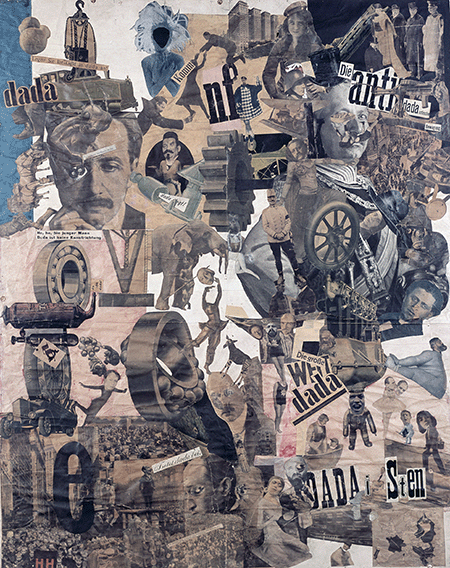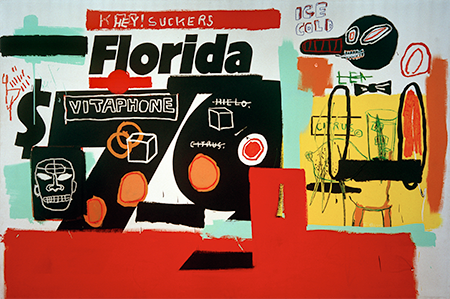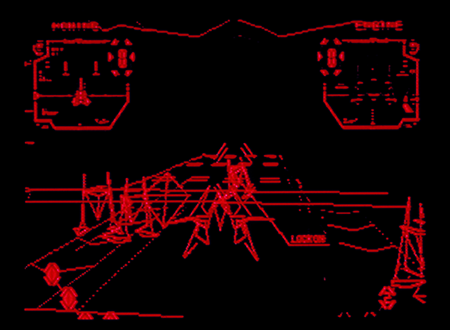20th Century & Contemporary Art Evening Sale
London Auction 2 March 2023
1
Ben Sledsens
Wanderer with Dog
Estimate £80,000 - 120,000 ‡♠
Sold for £203,200
Create your first list.
Select an existing list or create a new list to share and manage lots you follow.
2
Claire Tabouret
L’Attente
Estimate £180,000 - 280,000 ‡♠
Sold for £241,300
Create your first list.
Select an existing list or create a new list to share and manage lots you follow.
3
Angela Heisch
Egg White Blue
Estimate £20,000 - 30,000 ‡
Sold for £76,200
Create your first list.
Select an existing list or create a new list to share and manage lots you follow.
4
Loie Hollowell
Split Orbs in purple, ochre, and brown
Estimate £400,000 - 600,000 ‡
Sold for £635,000
Create your first list.
Select an existing list or create a new list to share and manage lots you follow.
5
Joel Mesler
Untitled (Play the Hits)
Estimate £150,000 - 200,000 ‡
Sold for £533,400
Create your first list.
Select an existing list or create a new list to share and manage lots you follow.
6
Shara Hughes
The Unsteady Eddy
Estimate £400,000 - 600,000 ‡
Sold for £533,400
Create your first list.
Select an existing list or create a new list to share and manage lots you follow.
7
Cecily Brown
Skulldiver II
Estimate £1,000,000 - 1,500,000 ♠
Sold for £2,226,000
Create your first list.
Select an existing list or create a new list to share and manage lots you follow.
8
Caroline Walker
Threshold
Estimate £150,000 - 200,000 ‡♠
Sold for £927,100
Create your first list.
Select an existing list or create a new list to share and manage lots you follow.
9
Willem de Kooning
[no title]
Estimate £7,000,000 - 9,000,000 ‡
Sold for £6,065,500
Create your first list.
Select an existing list or create a new list to share and manage lots you follow.
10
This lot is no longer available.
11
Albert Oehlen
Ascension
Estimate £700,000 - 1,000,000 ‡♠
Sold for £1,076,500
Create your first list.
Select an existing list or create a new list to share and manage lots you follow.
12
Michel Majerus
Express
Estimate £300,000 - 500,000 ‡♠
Sold for £444,500
Create your first list.
Select an existing list or create a new list to share and manage lots you follow.
13
John Chamberlain
Sprayed Myopia
Estimate £650,000 - 850,000 ‡
Sold for £1,379,000
Create your first list.
Select an existing list or create a new list to share and manage lots you follow.
14
Heinz Mack
Lamellen-Relief
Estimate £200,000 - 300,000 ‡♠
Sold for £381,000
Create your first list.
Select an existing list or create a new list to share and manage lots you follow.
15
Joe Bradley
Day Rite
Estimate £300,000 - 500,000 ‡
Sold for £406,400
Create your first list.
Select an existing list or create a new list to share and manage lots you follow.
16
Jeff Koons
Cherubs
Estimate £500,000 - 700,000 ‡
Sold for £482,600
Create your first list.
Select an existing list or create a new list to share and manage lots you follow.
17
Grayson Perry
Gilbert and George in China
Estimate £80,000 - 120,000 ♠
Sold for £76,200
Create your first list.
Select an existing list or create a new list to share and manage lots you follow.
18
Damien Hirst
Briareus
Estimate £400,000 - 600,000 ‡♠
Sold for £457,200
Create your first list.
Select an existing list or create a new list to share and manage lots you follow.
19
Howard Hodgkin
Summer Rain
Estimate £500,000 - 700,000 ‡♠
Sold for £292,100
Create your first list.
Select an existing list or create a new list to share and manage lots you follow.
20
Jean Dubuffet
Site aléatoire avec 3 personnages
Estimate £500,000 - 700,000 ‡♠
Sold for £838,200
Create your first list.
Select an existing list or create a new list to share and manage lots you follow.
21
Banksy
Home Sweet Home
Estimate £1,500,000 - 2,500,000 ‡♠
Sold for £1,742,000
Create your first list.
Select an existing list or create a new list to share and manage lots you follow.
22
Anselm Kiefer
Walhalla
Estimate £700,000 - 1,000,000 ‡♠
Sold for £1,076,500
Create your first list.
Select an existing list or create a new list to share and manage lots you follow.
23
Sarah Ball
Elliot
Estimate £60,000 - 80,000 ‡♠
Sold for £120,650
Create your first list.
Select an existing list or create a new list to share and manage lots you follow.
24
Danica Lundy
Bonefire
Estimate £65,000 - 85,000 ‡
Sold for £107,950
Create your first list.
Select an existing list or create a new list to share and manage lots you follow.


